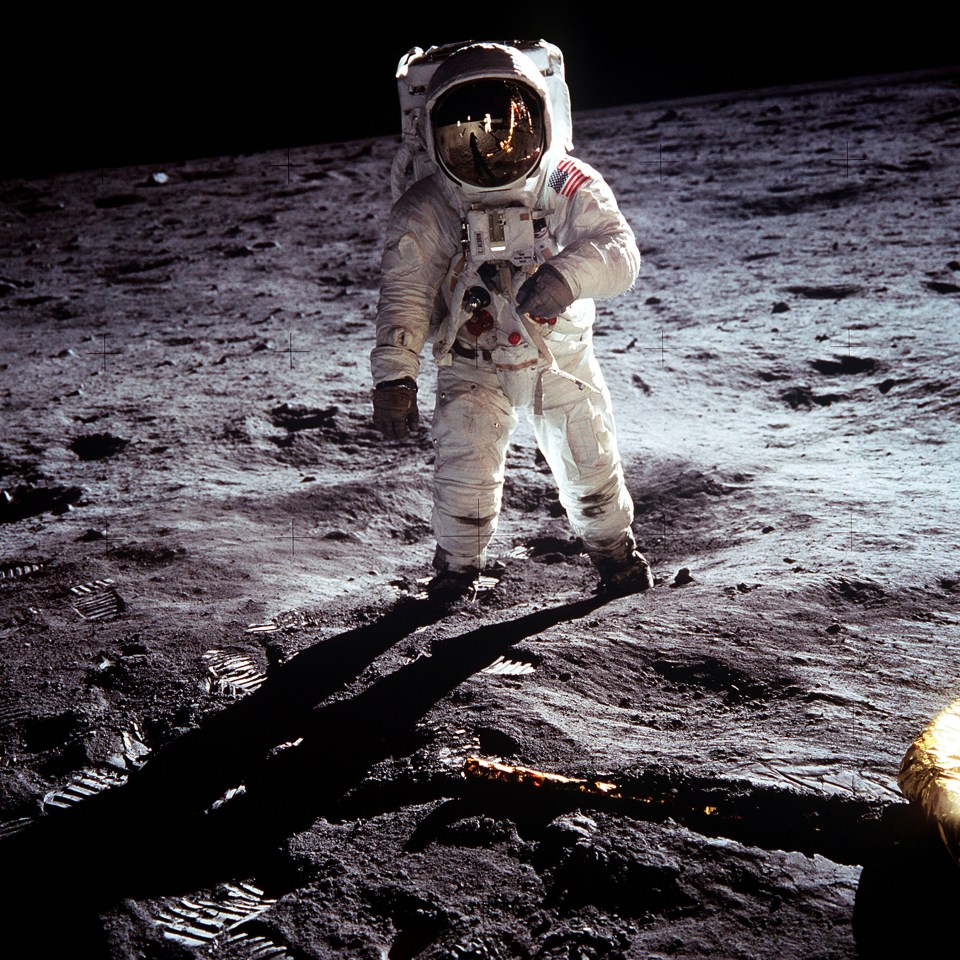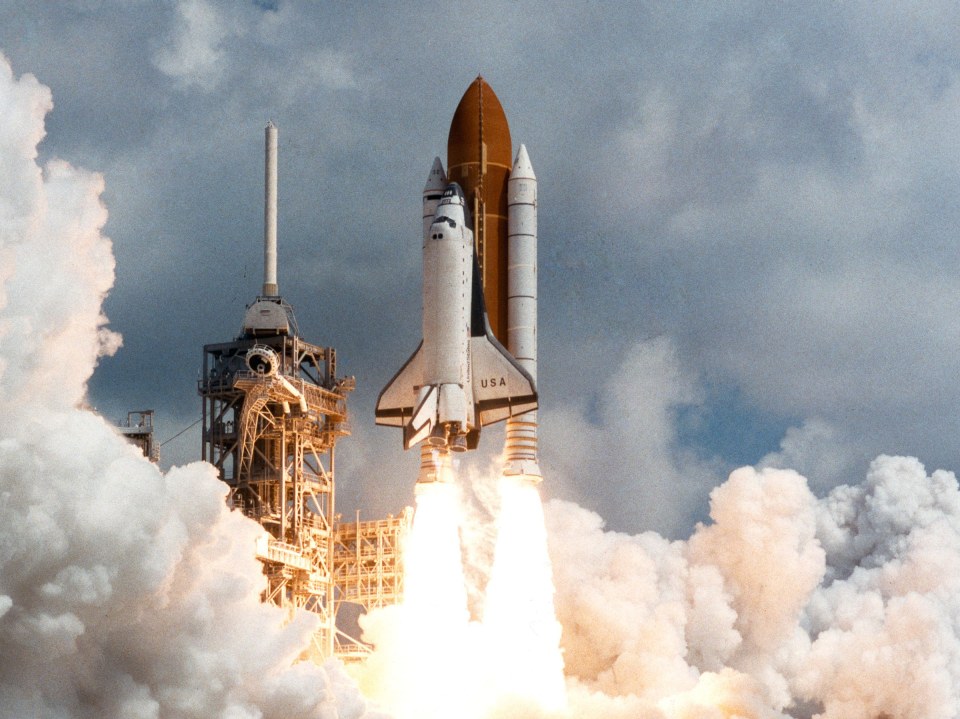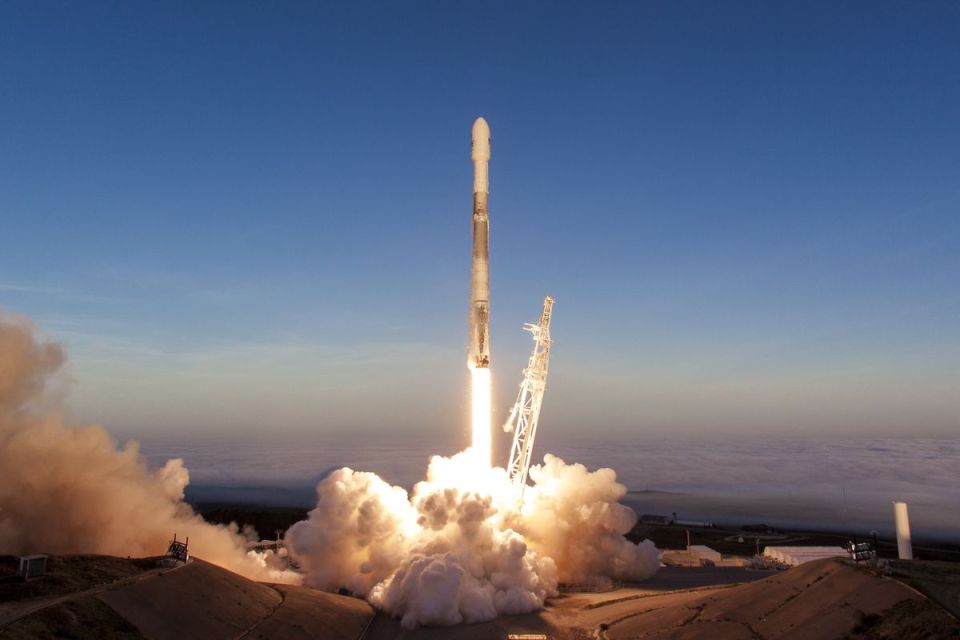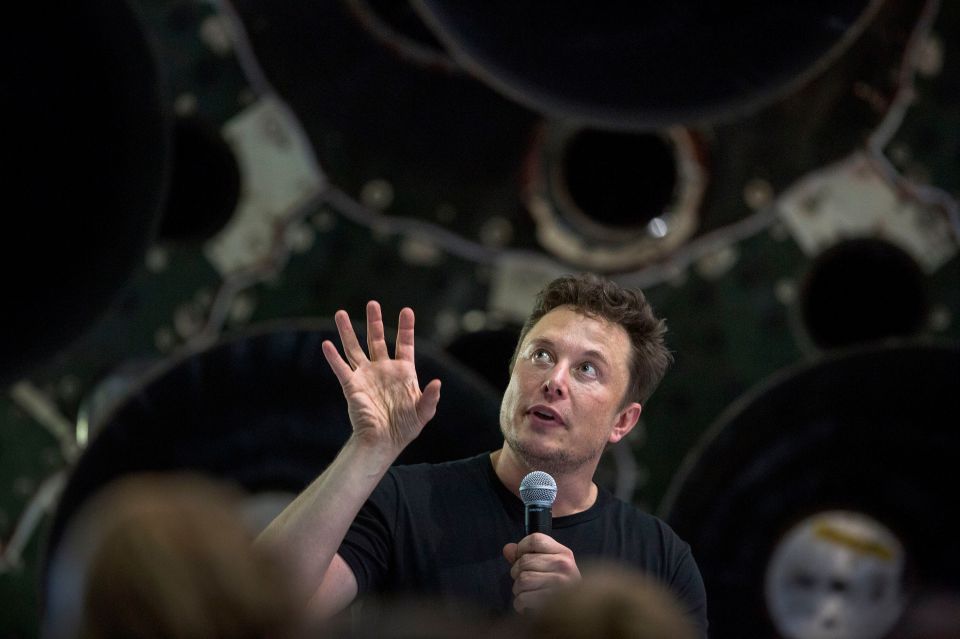Soviets’ Vostok, Apollo 11 rocket and today’s SpaceX Crew Dragon – how space travel has changed
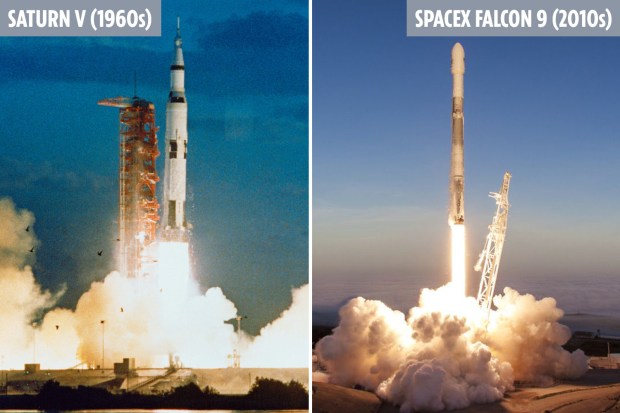
SPACE travel has changed a lot since the Soviets launched the first man into space in 1961.
Since then, mankind has landed 12 people on the Moon and invented rockets with high-tech reusable parts.
We've put together a timeline of some of the biggest changes to space travel since man first made it to orbit.
Soviet Vostok (1961)
Russian cosmonaut Yuri Gagarin became the first man to journey into space in 1961.
He did so aboard a Soviet Vostok spaceship, which fired him beyond Earth's atmosphere for a 108-minute space trip.
In that time, the Vostok capsule carried out one orbit of Earth and reached 208 miles above our planet's surface.
Vostok 1 was a crude circular space capsule designed to eliminate changes in its centre of gravity.
This helped provide maximum comfort for its solo passenger on his bumpy ride to and from Earth.
Unlike most spacecraft today, Vostok 1 didn't have any thrusters to slow it down as it re-entered the atmosphere.
This meant Gagarin had to eject from the craft four miles above Earth and land under parachutes.
The Russians needed a manned landing for the achievement to count as the first manned space flight, and so Gagarin's ejector landing was left out of official press releases.
Nasa Saturn V (1967-1973)
The mighty Saturn V was first used by Nasa in 1967 and was the rocket that ultimately took humanity to the Moon.
At 110 metres tall, the Saturn V is the tallest rocket ever built despite being discontinued more than 45 years ago.
A total of 13 flights were launched with the rocket from 1967 until 1973.
It carried several Apollo Moon missions as well as the Skylab space station.
Apollo 11 mission – the key facts
Here's what you need to know...
- Apollo 11 is the name for the mission that landed the first two people on the Moon
- The spaceflight was manned by Command Neil Armstrong and lunar module pilot Buzz Aldrin, both Americans
- They landed the Apollo Lunar Module Eagle on July 20, 1969 and 8.17pm UTC
- Armstrong became the first person to set food on the lunar surface six hours later
- He was then joined by Aldrin a further 19 minutes later
- The pair spent roughly two hours and 15 minutes together outside the spacecraft, collecting lunar material to bring back to Earth
- And in total, they spent 21.5 hours on the lunar surface before rejoining the command module Columbia in lunar orbit
- Armstrong's first step onto the lunar surface was broadcast live on TV to the world
- He famously described the moment as "one small step for man, one giant leap for mankind"
Each launch cost £150million at the time – just under £1billion in today's money.
The Saturn V is most famous for its role in the 1969 Apollo 11 Moon landings.
It carried three astronauts including Neil Armstrong and Buzz Aldrin to the lunar surface where they became the first men to set foot on the Moon.
According to Nasa, a car that gets 30 miles to the gallon could drive around the world 800 times with the amount of fuel the Saturn V used for a lunar landing mission.
Nasa Space Shuttle (1981-2011)
After the Saturn V programme was shutdown, Nasa got to work on a new rocket.
It cooked up the iconic Space Shuttle launch system, which flew astronauts, satellites and more into space from 1981 to 2011.
At around £360million per mission, the Shuttle was significantly cheaper to launch than Saturn.
This was largely due to its smaller size – the system was just 56 metres tall, making it shorter than even today's SpaceX rockets.
The system is most famous for the 1986 Challenger shuttle disaster, in which a rocket exploded mid-launch, killing all seven astronauts on board.
SpaceX Falcon 9 (2010-present)
The Falcon 9 is built by the private rocket firm SpaceX.
Bankrolled by billionaire Elon Musk, who also runs Tesla, the company aims to make space travel cheaper.
The Falcon 9 is the company's first rocket, and has flown more than 50 successful commercial flights since 2010.
Each spacecraft is around 70 metres high and can carry satellites and other cargo into orbit.
It has a reusable first stage that uses artificial intelligence to land back on Earth after launch.
SpaceX charges around £50million for a spot on one of its Falcon 9 flights.
The firm has yet to launch any people into space, though it plans to fire astronauts to the International Space Station (ISS) by 2020.
Falcon 9 is one of the two rockets operated by SpaceX.
Its enormous Falcon Heavy spacecraft launched on its first commercial flight earlier this year.
TOP STORIES IN SCIENCE
In other news, a Nasa report revealed yesterday that Apollo 11 astronauts had no toilet and instead relieved themselves using bags taped to bums and "pee condoms".
And, here's why some people still think the Moon landings were faked 50 years later – and the man who started the hoax theory.
Which spaceship is your favourite? Let us know in the comments!
We pay for your stories! Do you have a story for The Sun Online news team? Email us at [email protected] or call 0207 782 4368 . We pay for videos too. Click here to upload yours.






